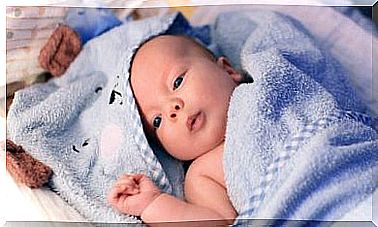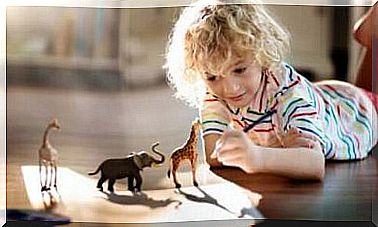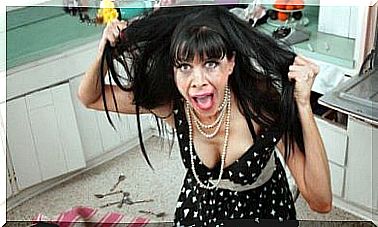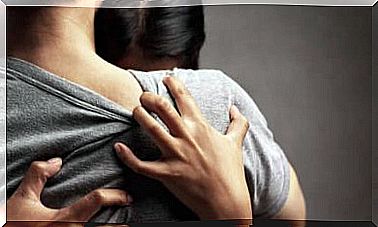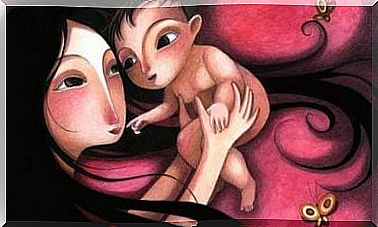Panic Anxiety In Children
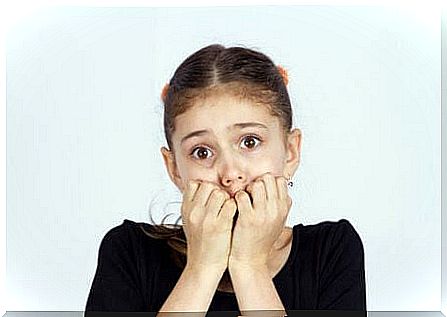
When a child suffers from constant anxiety and worries about dying, being injured, etc., he or she may have developed panic disorder. In today’s article, we will cover everything you need to know about panic disorder in children and what you can do about it.
What is panic disorder?
Panic disorder is an intense anxiety that affects a person both emotionally and physically. The cause of this disturbance can be both a real or a fictitious threat.
Above all, it usually gives a feeling that you have lost control of yourself. This leads to significant behavioral changes in children.
A panic attack can last only a short time, but the physical consequences can last longer, especially in a child’s body. Symptoms may include tremors and a seemingly unexplained headache, among others.
Even when a panic attack is over, many children still experience discomfort and fear. They continue to feel strong anxiety just at the thought of having to experience a new episode.
Panic is an unpleasant feeling – which is sudden and violent – associated with a dangerous situation or risk.
Although panic disorder tends to develop during adolescence, children can also be affected. In other words, anyone, at any age, can suffer from panic disorder.
Causes of panic disorder
The condition has no specific cause. Rather, it is a combination of variables that can affect a person and lead to the onset and development of the disorder.
These variables can be both external and internal. At the same time, all cases are unique, which makes it difficult to give any general reasons.
However, those individuals who live with a lot of stress, in destructive environments or are in the middle of other difficulties are more likely to have panic disorder. However, this is not an absolute rule.
It is important to point out that panic disorder in children may be associated with the following:
- An forced separation from their parents.
- Stage fright and ramp fever.
- Uncertainty.
- Phobias (for animals, heights, etc.).
- Fear of imaginary things they may have seen on TV, or heard or read about, etc.
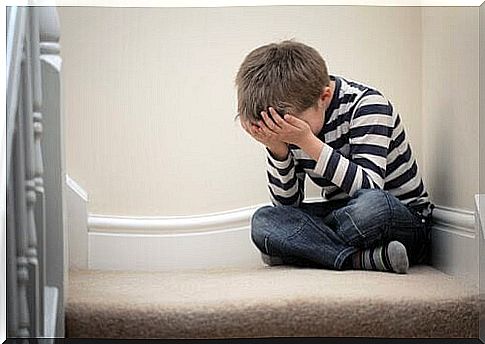
Symptoms of panic disorder
Panic disorder causes the body to express the stress that comes from living with constant anxiety. As a result, the following symptoms may be a sign of panic disorder:
- Numbness in the extremities (lack of feeling).
- Increased heart rate.
- A feeling of pressure over the chest.
- Hard to breathe.
- Hot flashes or chills.
- Nausea, dizziness.
- Hallucinations.
- Sweating.
- Cramps.
- Tremors.
- The child may faint.
It is worth noting that the above symptoms may be similar to symptoms of other conditions, such as anxiety.
Panic disorder makes it more difficult to develop normally, regardless of a person’s age. For children, for example, it can result in poor academic performance or social isolation.
Therefore, it is best to seek professional help as soon as possible and work to improve your child’s quality of life. Your child’s psychologist not only listens to your and your child’s concerns, but also gives you tools to gradually reduce the effects of the disorder.
How can parents help when their children are suffering from panic disorder?
When a child is diagnosed with panic disorder after an investigation, it is important that the parents follow the advice and instructions about the treatment they receive. Parents should never ask their child about his or her fears and anxieties unless absolutely necessary.
Children need their parents. They need to give them security and help them feel valued, supported and loved. You must never tease them or call them cowardly, stupid, naughty, etc. Instead, it is important to constantly let them know that they can overcome their fears, one step at a time.
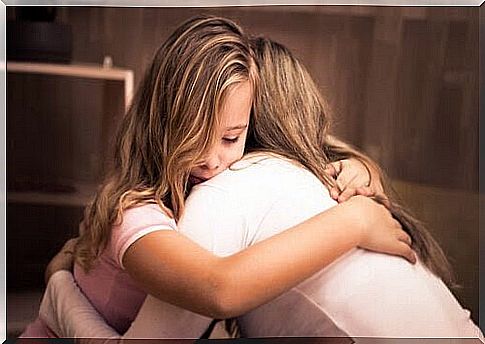
We should never dismiss our child’s reactions, nor diminish the source of their fears. It will not do anything to solve the problem.
The goals for parents and guardians should be to provide a calm environment in which their children can feel safe. It is important that adults take their children’s needs seriously and engage in the therapeutic process in order to offer them a better quality of life.
Our advice
- Avoid being judgmental and giving negative criticism.
- When children experience a panic attack, it is important to stay calm and:
- Never scold your child.
- Do not blame your child for what is happening.
- Do not pressure the child to “let go of his fear” or “meet his fear.”
- Do not be harsh on your child. Telling your child not to cry, scream or tremble will only be counterproductive.
- Speak to your child in a normal voice (you should definitely not shout) and be calm and kind.
- If necessary, it may be a good idea to hold your child in your arms and help him or her breathe deeply with you. Do this until your child calms down.
- Maintain eye contact and let the child know that he or she is not alone.
- A hug can also help calm children during a panic attack.
- Follow your child where he or she wants to go without asking about his or her fears.
- It is best to keep the child busy with activities that inspire creativity and are satisfying.
- Avoid violent TV shows, movies, games and conversations that give rise to fear and anxiety.

